Extreme heat can cause many diseases or make many other diseases worse, including stroke, so people need to pay attention to protecting their health.
Stroke fear
Hot weather has a great impact on people's health, including stroke. Many studies have shown that the risk of stroke and temperature are related to each other. In particular, high environmental temperature is one of the factors that increase the risk of stroke. The risk of stroke can increase by 10% in some subjects when the environmental temperature increases by 1 degree Celsius.
Hot weather causes body temperature to rise, the body sweats a lot, causing dehydration. If water is not replenished promptly, the body will become dehydrated, the blood structure will become thick and sticky, reducing blood circulation, increasing blood pressure and the risk of blood clots forming in the arteries. This increases the risk of stroke.
Excessive heat can also cause central nervous system coordination disorders. This disrupts the circulatory and respiratory systems, which can cause a lack of blood flow to the brain.
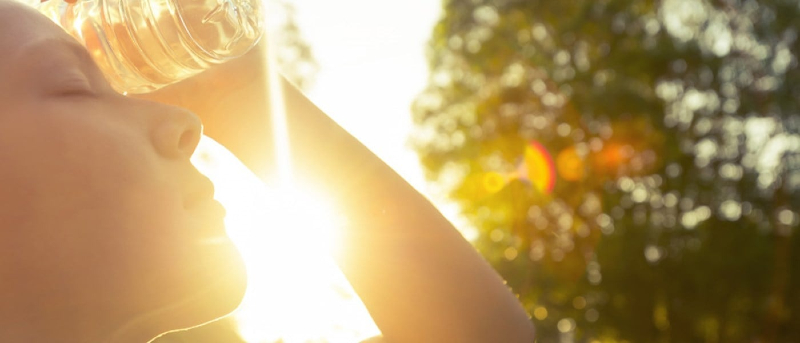 |
| Illustration |
In addition, heat stroke can also be caused by prolonged hot weather disrupting the functioning of the cardiovascular system, causing the heart to function less well.
At this time, the efficiency of pumping blood to organs in the body, including the brain, is reduced. People who are outside in hot weather and suddenly enter a cold room are also at risk of stroke, because blood vessels suddenly constrict, increasing blood pressure.
Heat stroke promotes risk factors that, if not detected and treated promptly, can be life-threatening or cause the patient to suffer from many serious sequelae such as: loss of language ability, paralysis, lifelong disability... Therefore, early recognition of signs of heat stroke or other causes in general is very important, determining the patient's ability to preserve life.
Below are signs to help you recognize that someone may be having a heat stroke: headache, dizziness, lightheadedness, high body temperature but no sweating, numbness, weakness on one side or the whole body, facial distortion, seizures, rapid heartbeat, shallow breathing, mental confusion, disorientation, fainting... Then there may be a state of circulatory collapse and coma.
Without prompt medical attention, heat stroke victims can face life-threatening conditions.
In addition to the risk of stroke, on hot days, if people do not know how to take care of and protect their health, they can easily get heatstroke.
Heatstroke, also known as heat stroke, is a condition of severe hyperthermia (>40 degrees Celsius) accompanied by dysfunction of organs such as the nervous system, circulation, and respiration due to the effects of heat and/or excessive physical activity.
Heatstroke is caused by prolonged exposure to high temperatures and dehydration. In urban areas, heatstroke is more likely to occur during prolonged heat waves due to lack of wind, poor air quality, and burning asphalt.
Heat stroke is also common at noon when the sun is very hot and there are many ultraviolet rays, combined with working in hot weather, high humidity, and poor air circulation.
Early mild signs: Rapid heart rate, rapid breathing, red skin, possibly sweating, accompanied by dizziness, lightheadedness, headache, nausea.
More severe symptoms if not treated promptly: Hypotension, neurological dysfunction including: altered perception, agitation, delirium, confusion, convulsions and coma.
When body temperature increases too high, it can cause severe electrolyte disturbances, homeostasis disorders, and possibly bleeding (conjunctival hemorrhage, hematuria...) due to severe blood clotting disorders. Even more serious is multiple organ failure leading to death.
The one hour period after severe heatstroke is called the "golden time" for emergency treatment. Therefore, when providing emergency treatment for heatstroke, it is important to pay close attention to initial first aid at the scene.
How to prevent?
To prevent stroke, according to doctors' recommendations, on hot days, the elderly should avoid outdoor activities from 10am to 4pm. In the morning, do light activities such as tai chi, yoga, cycling, and avoid strenuous activities.
Elderly people have the habit of exercising in the afternoon. However, on extremely hot days with high temperatures, they should not exercise, because although the temperature drops in the afternoon, the outside temperature is still very high.
In addition, the elderly need to pay special attention to their care regimen, should eat and drink liquid, soft, easy-to-digest foods, lots of green vegetables and fruits; try to drink a lot of water regularly to compensate for the amount of water that the body lacks. In particular, do not wait until you are thirsty to drink; drink at least 2 liters of water/day.
On hot days, high humidity and our body losing water through breathing and sweating can also cause blood clotting/hemostasis disorders and cause stroke.
Patients with many underlying diseases need to take medication regularly, because in hot weather, the elderly are often tired and uncomfortable, so if they stop taking their medication... it is very dangerous, especially for people with chronic diseases such as diabetes, high blood pressure, and cardiovascular disease.
On hot days, families use air conditioning continuously, however, families with elderly people and children should pay attention to keep the temperature between 27 - 29 degrees Celsius and have additional ventilation fans and humidifiers. During cool weather, do not overuse air conditioning but open the door to ventilate the room.
Elderly people need to limit sudden changes in environment, such as when going from an air-conditioned room to the hot sun, there needs to be a buffer space to avoid heat shock. In addition, to avoid serious complications, if there are unusual signs, they must go to a medical facility immediately for timely diagnosis and treatment.
In cases of heatstroke, according to instructions, when encountering someone with heatstroke, you must immediately take the following steps: Take the patient to a cool, airy place (in the shade, in a cool car or cool house...) and call for support, especially emergency support.
Clear the airway, perform artificial respiration and chest compressions if the patient is unconscious and has no pulse. Immediately apply cooling measures to lower the body temperature. Measure the body temperature (if a thermometer is available).
Remove clothing and apply warm water to the patient, then use a fan to increase evaporation (the patient should lie on his side or be supported in a position with his hands supporting his knees so that the skin surface can receive as much wind as possible).
Apply cold towels or ice packs to the armpits, groin, and neck. Give plenty of water or electrolyte solution if the patient is alert and able to drink.
Transfer the patient by air-conditioned vehicle or open the windows, the transport process continues to cool the patient's temperature.
Some recommended measures to prevent heatstroke include limiting going out in hot weather: 11am-3pm is the time when the heat is at its strongest, so you should limit working outdoors.
In case you have to go out, you need to cover your body by wearing loose, light and light-colored clothes, a wide-brimmed hat, and using sunscreen.
Drink more water: To avoid dehydration, people should drink at least eight glasses of fluids (water, fruit juice, or vegetable juice) each day. Since heat-related illness can also be caused by salt loss, electrolyte-rich sports drinks can be used on hot days.
Do not shower with cold water after being active in hot areas: After exercising or being outdoors in the sun, your heart rate is still fast, your body temperature is high, and your pores are dilated. Showering immediately will prevent blood from circulating to important parts of the body, leading to localized ischemia of the heart and brain.
You should rest to cool down your body, drink water, and let your sweat dry. After bathing, you should not go straight into an air-conditioned room where the temperature is too low.
Source: https://baodautu.vn/nguy-co-dot-quy-khi-thoi-tiet-nang-nong-cao-diem-d222132.html


![[Photo] Prime Minister Pham Minh Chinh meets with General Secretary and President of China Xi Jinping](https://vstatic.vietnam.vn/vietnam/resource/IMAGE/2025/4/14/893f1141468a49e29fb42607a670b174)
![[Photo] General Secretary To Lam holds talks with General Secretary and President of China Xi Jinping](https://vstatic.vietnam.vn/vietnam/resource/IMAGE/2025/4/14/b3d07714dc6b4831833b48e0385d75c1)


![[Photo] National Assembly Chairman Tran Thanh Man meets with General Secretary and President of China Xi Jinping](https://vstatic.vietnam.vn/vietnam/resource/IMAGE/2025/4/14/4e8fab54da744230b54598eff0070485)
![[Photo] Reception to welcome General Secretary and President of China Xi Jinping](https://vstatic.vietnam.vn/vietnam/resource/IMAGE/2025/4/14/9afa04a20e6441ca971f6f6b0c904ec2)




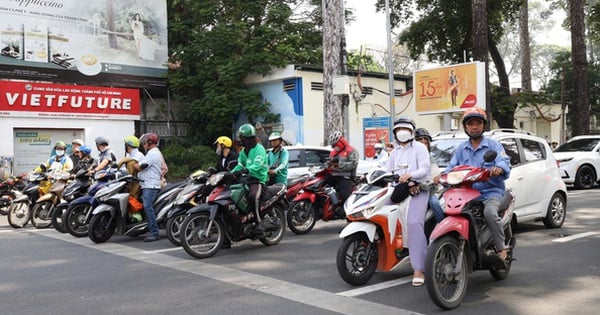
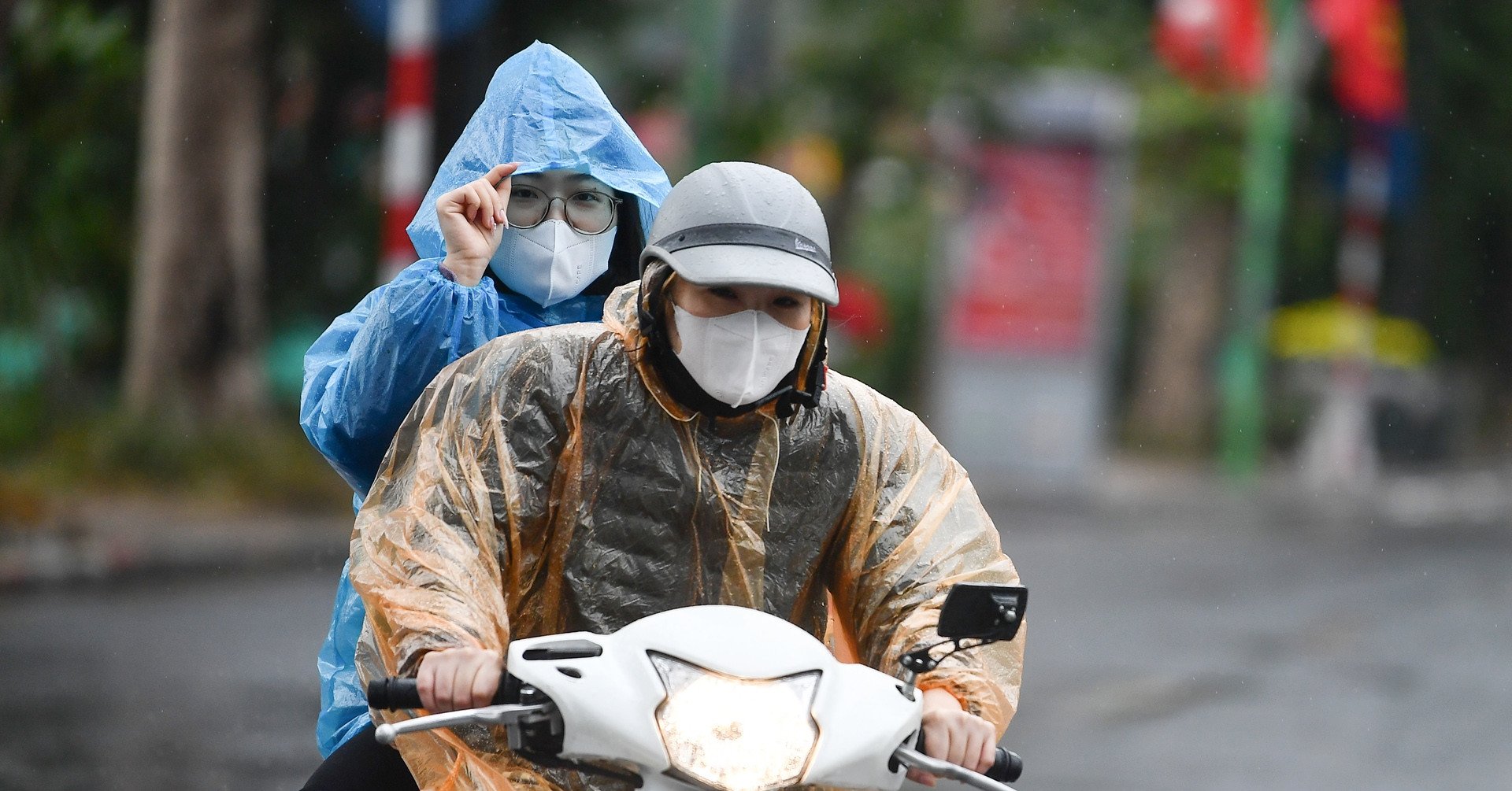

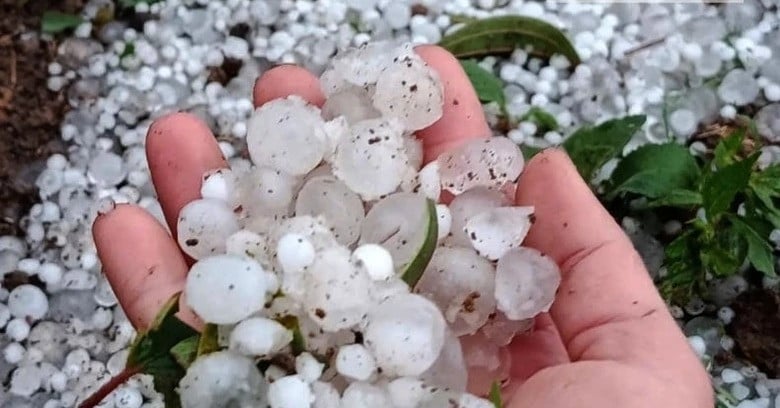
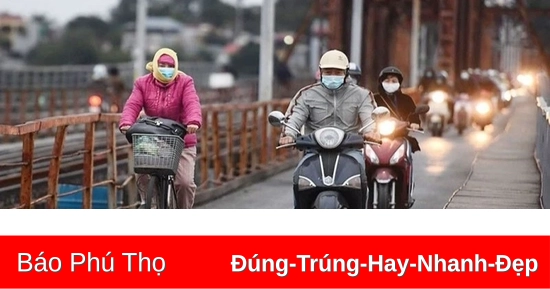


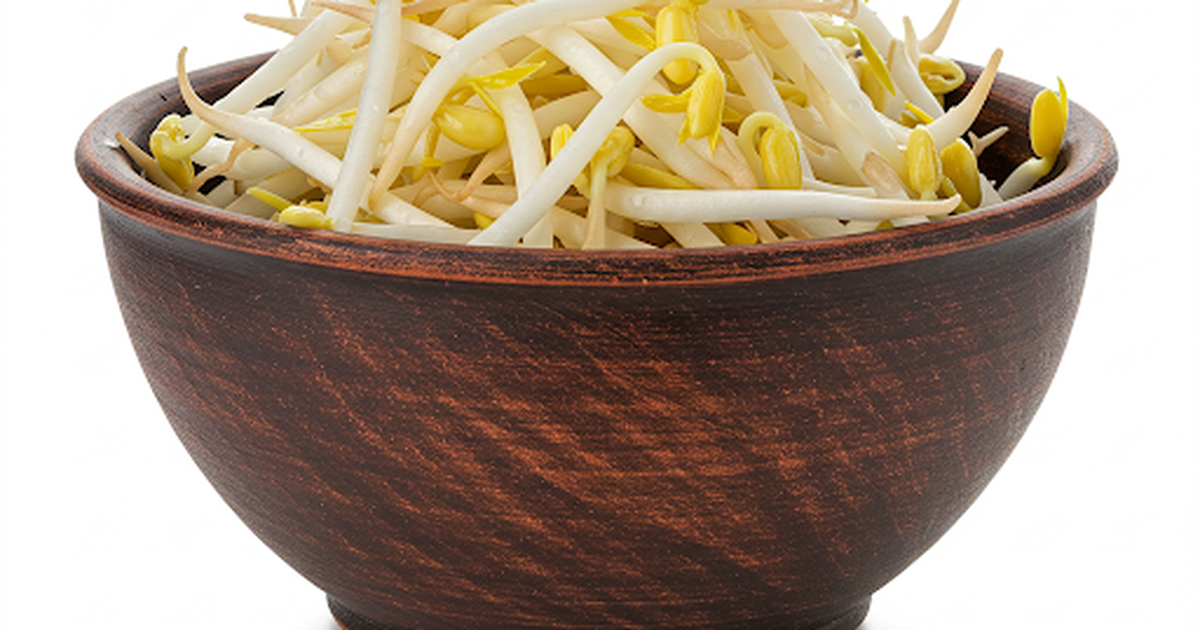
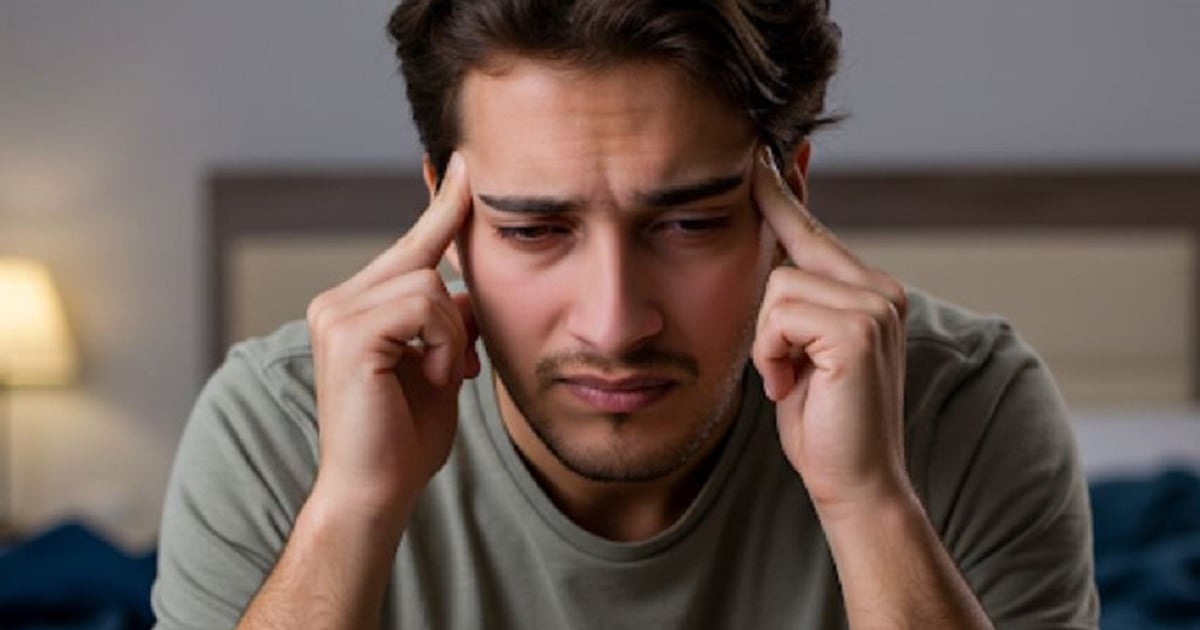
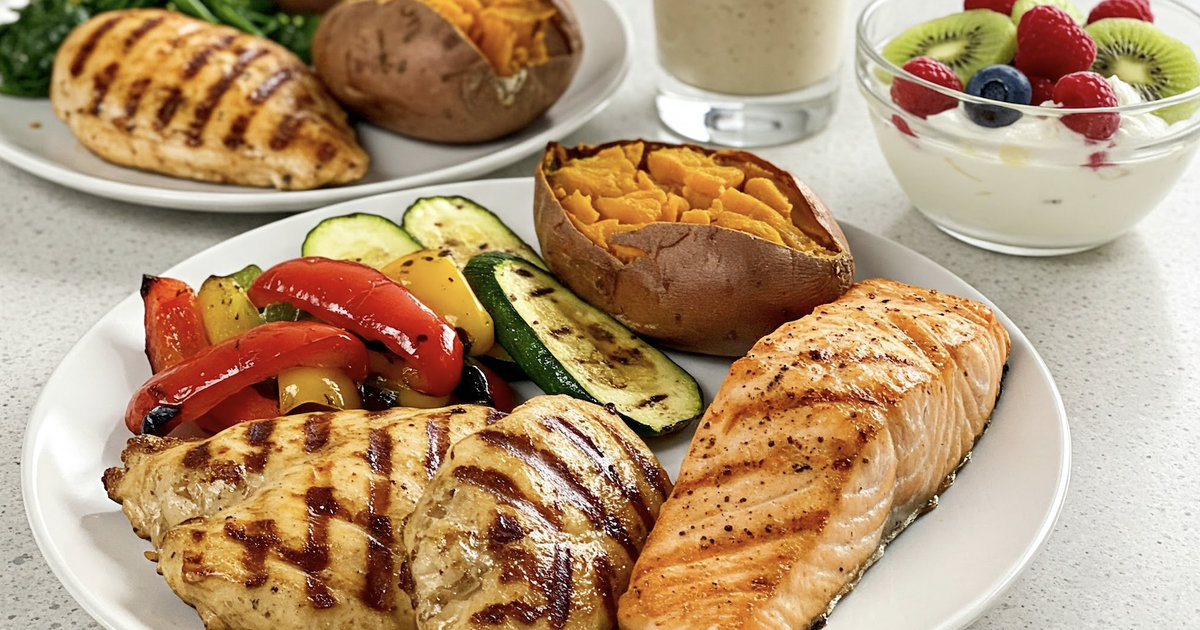
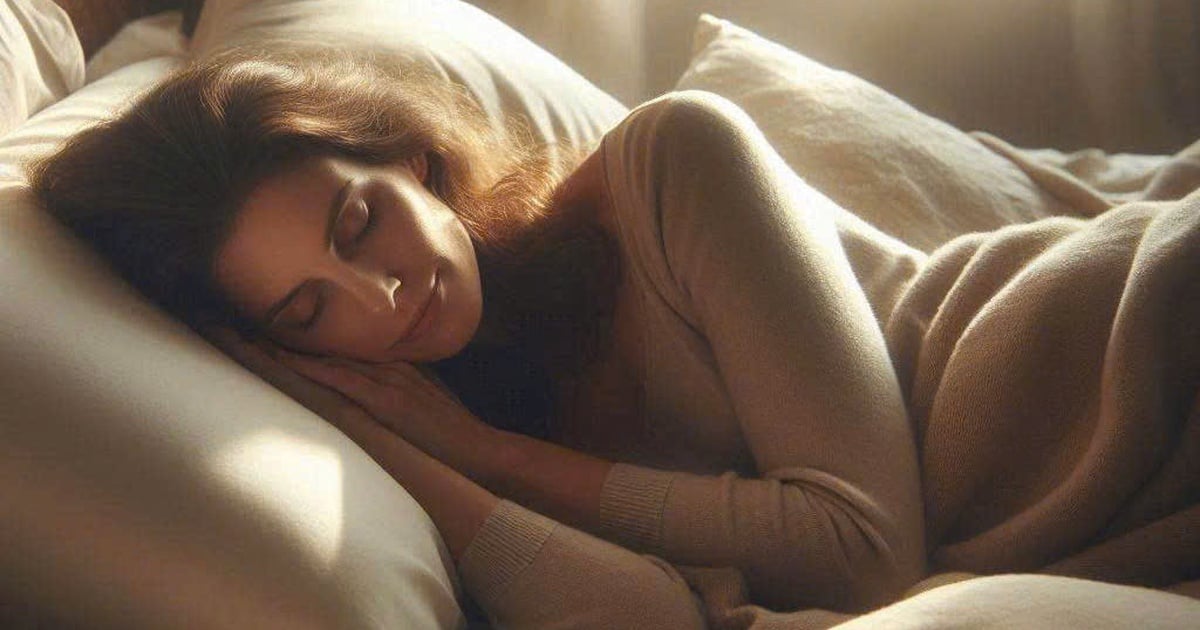


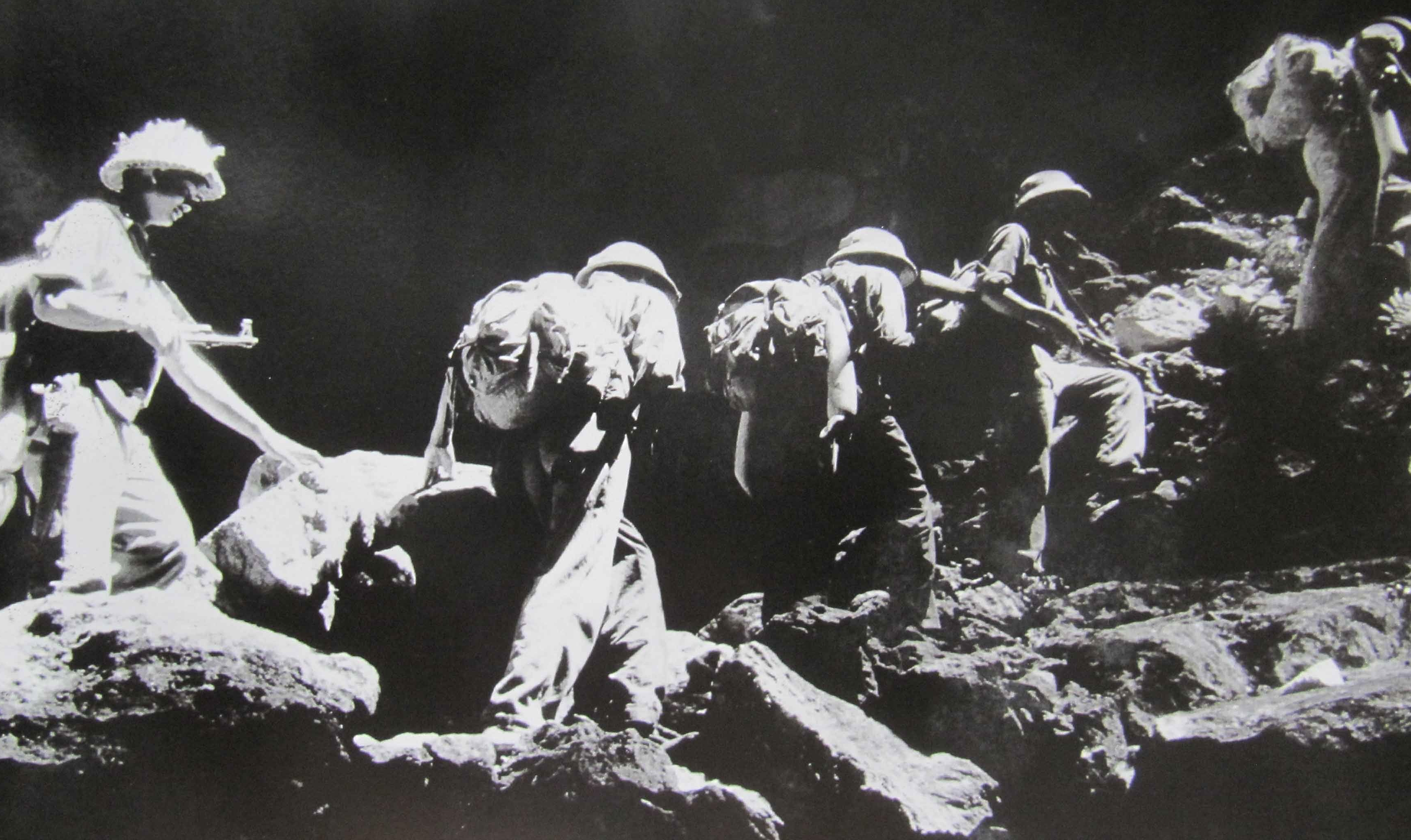
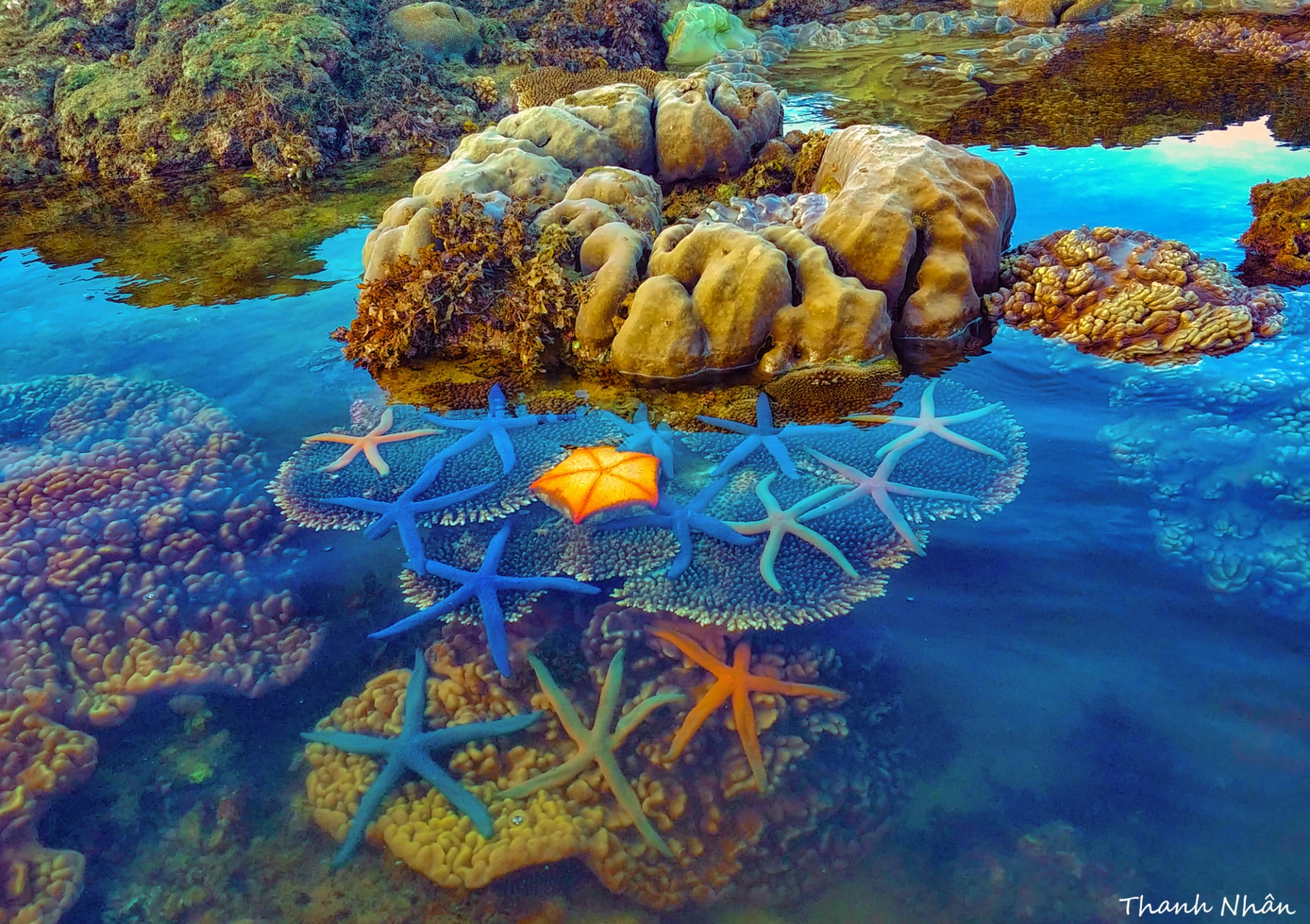





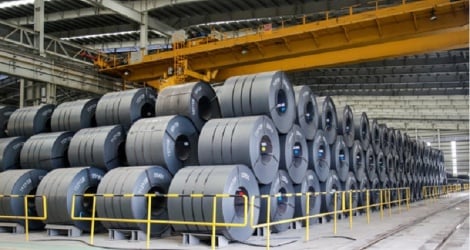

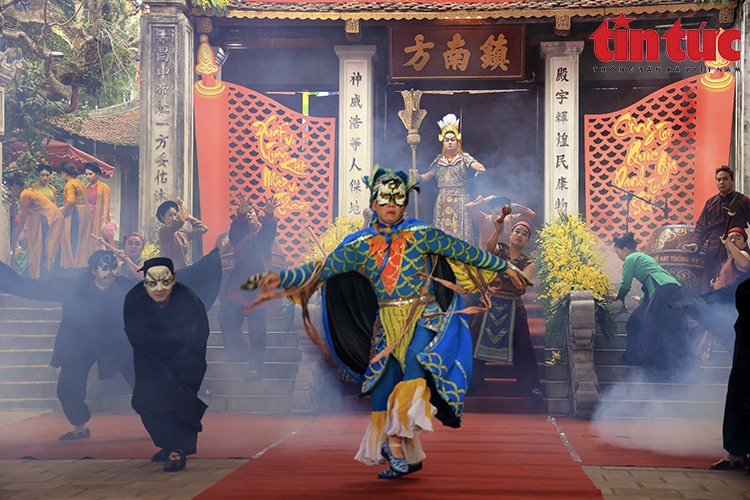










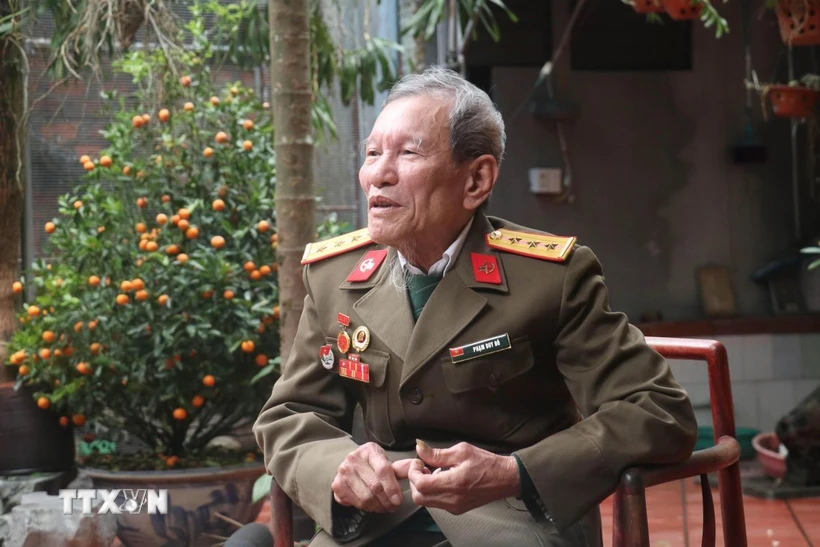



















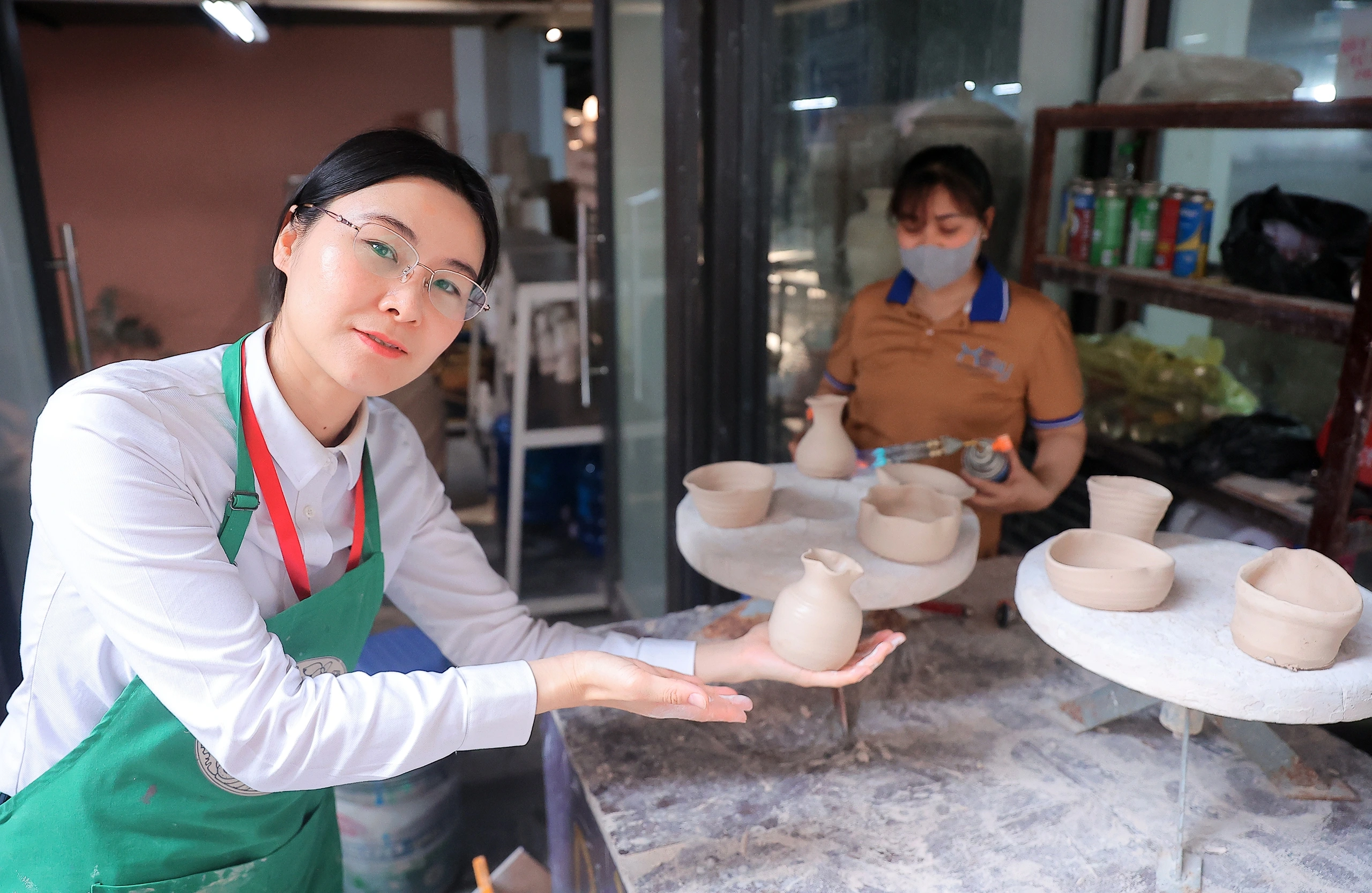

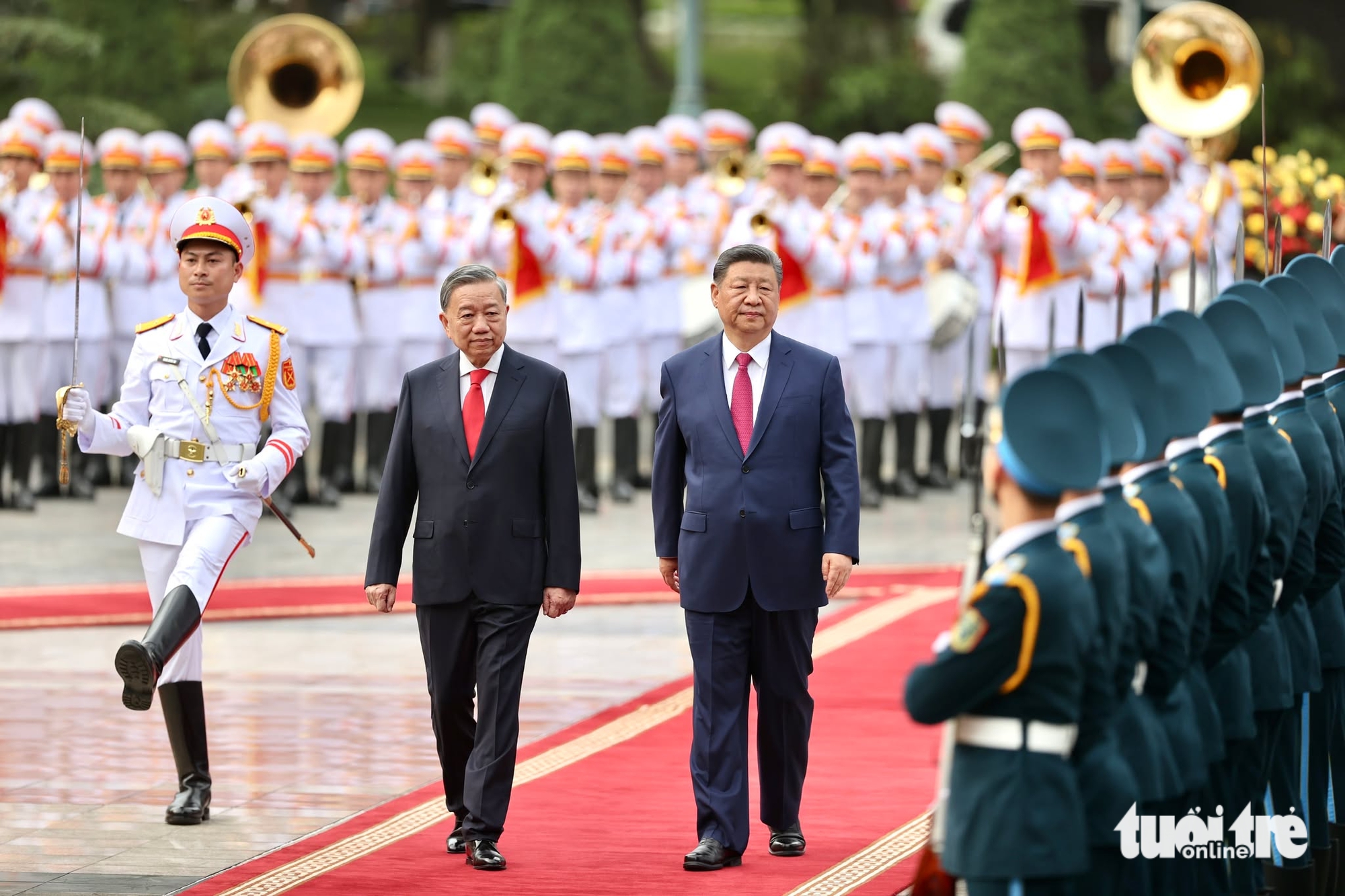




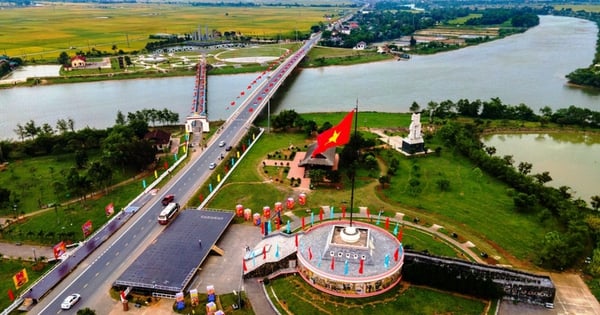







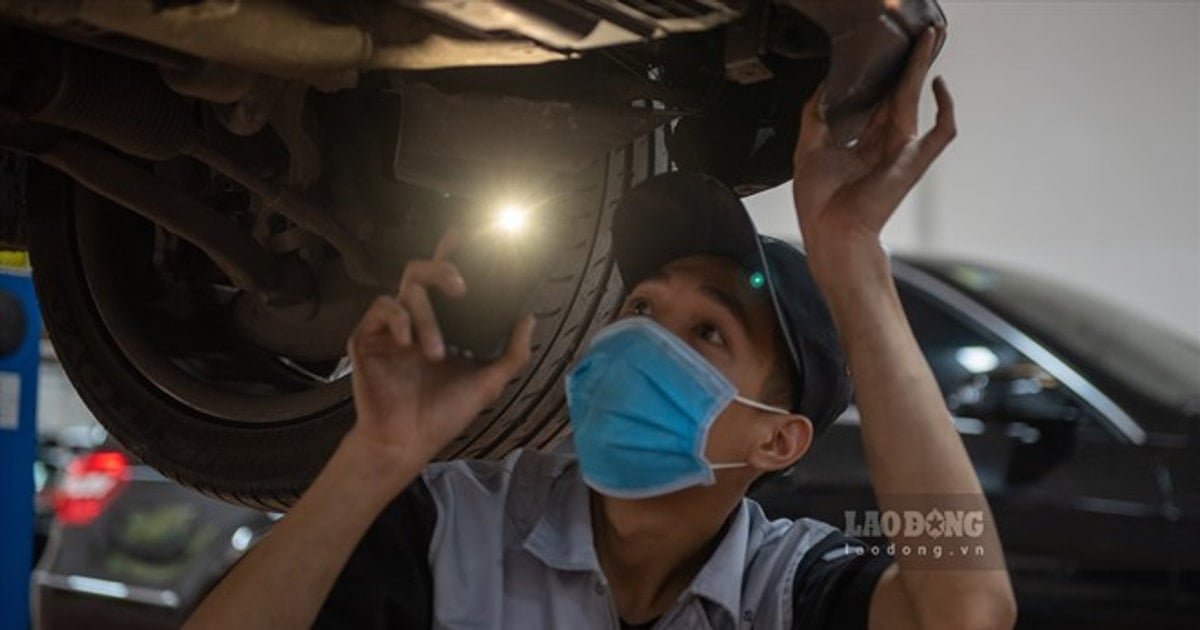






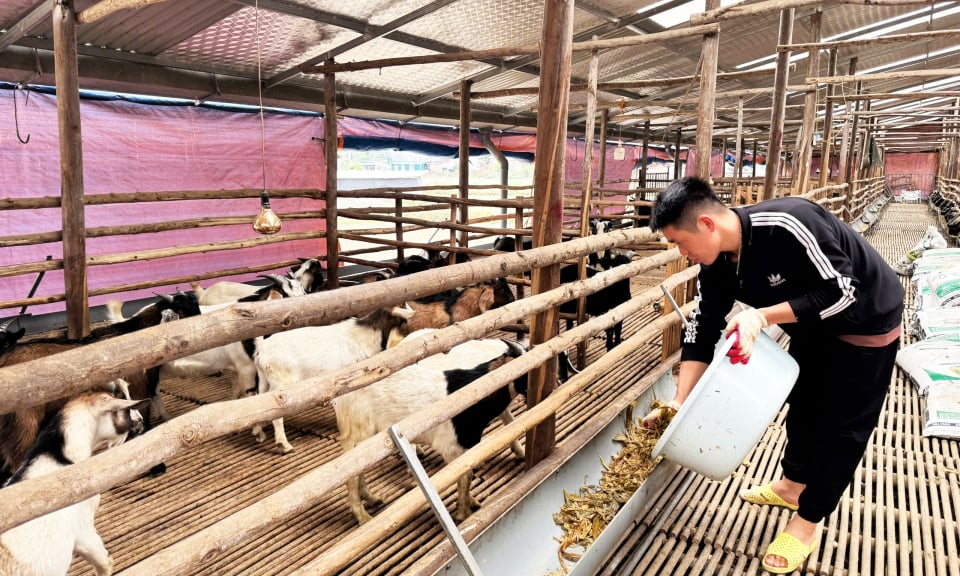







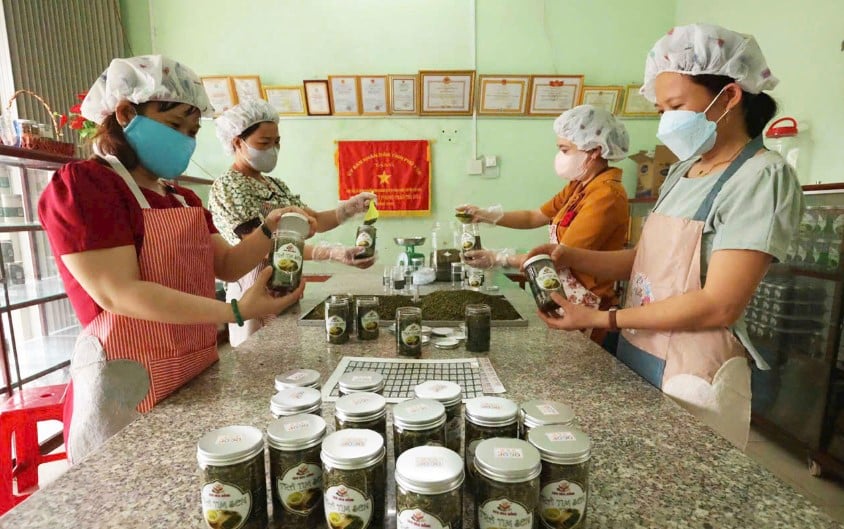

Comment (0)